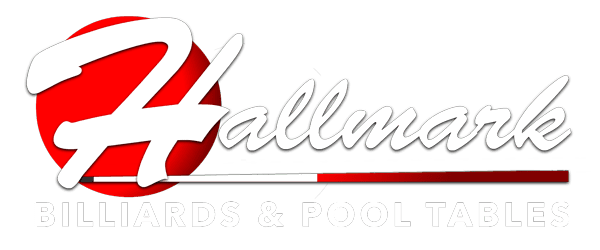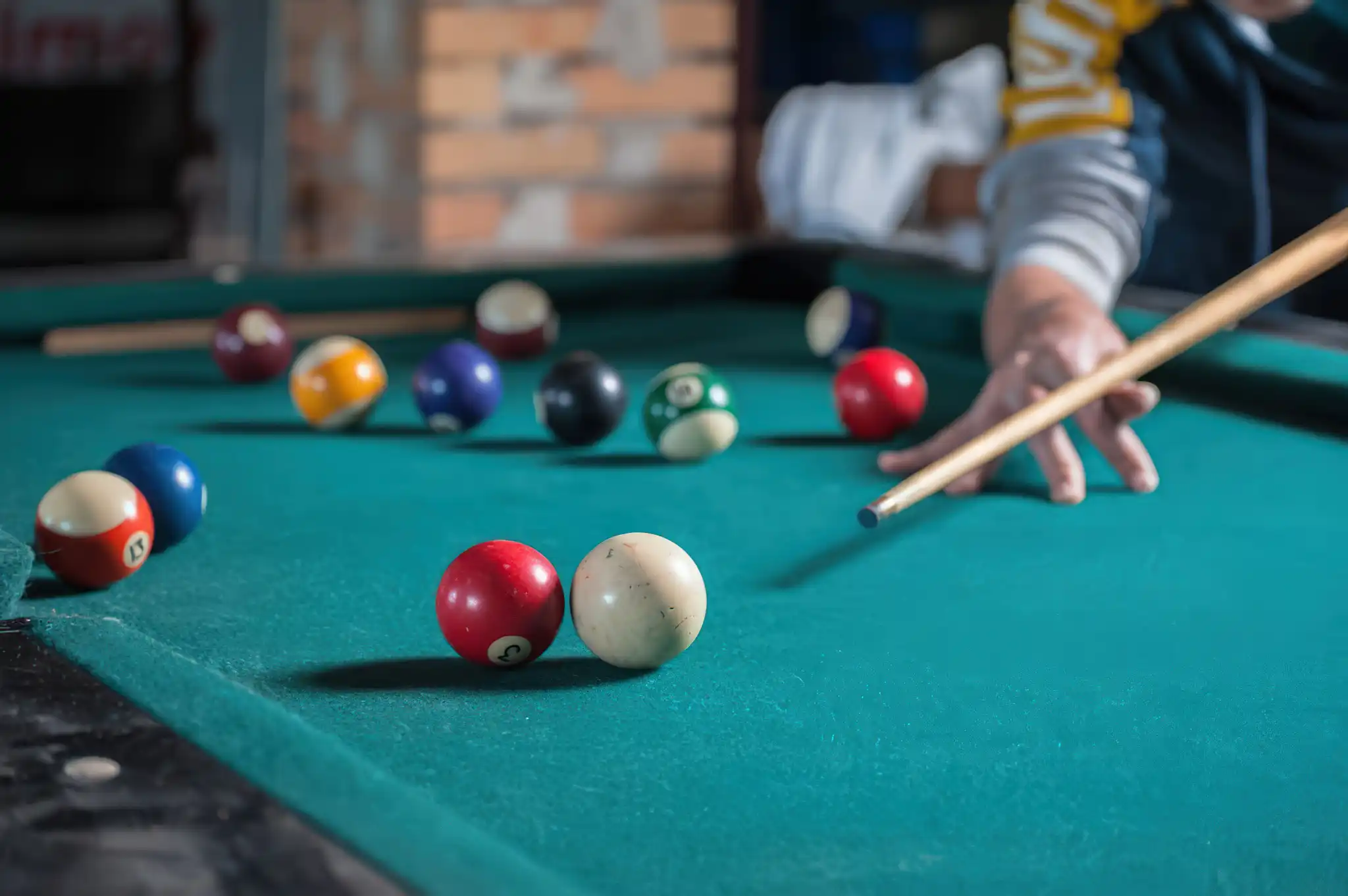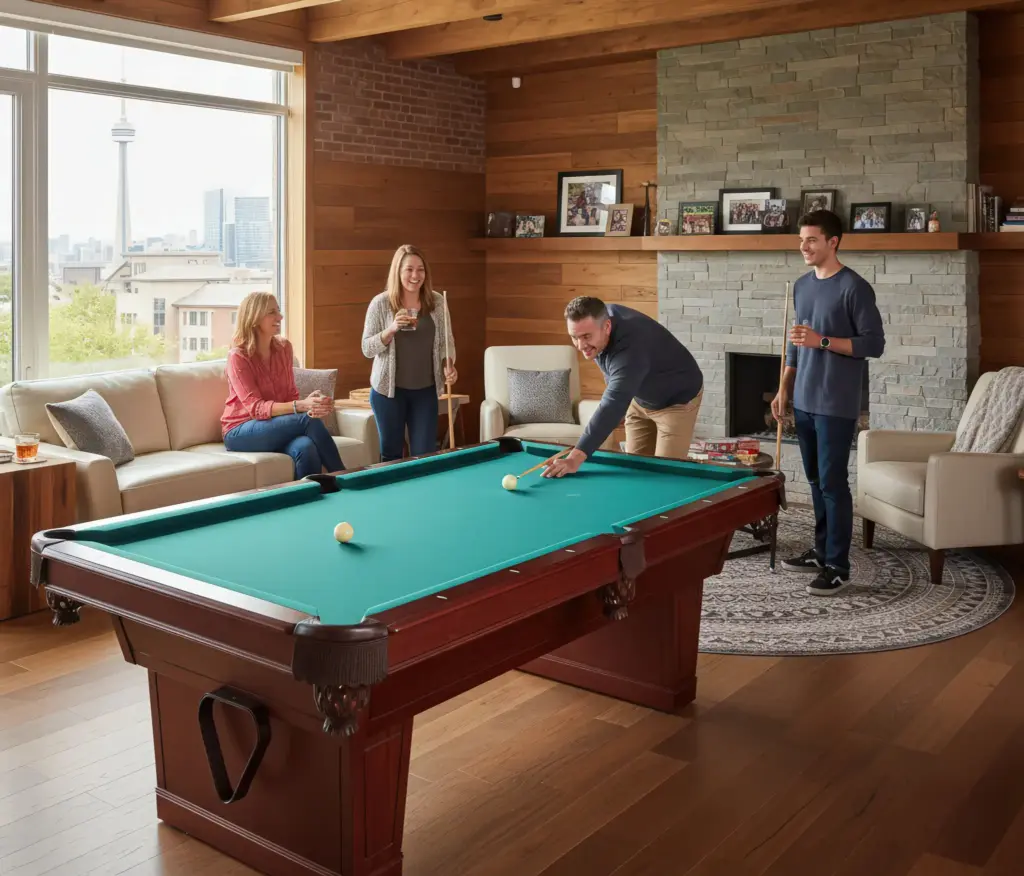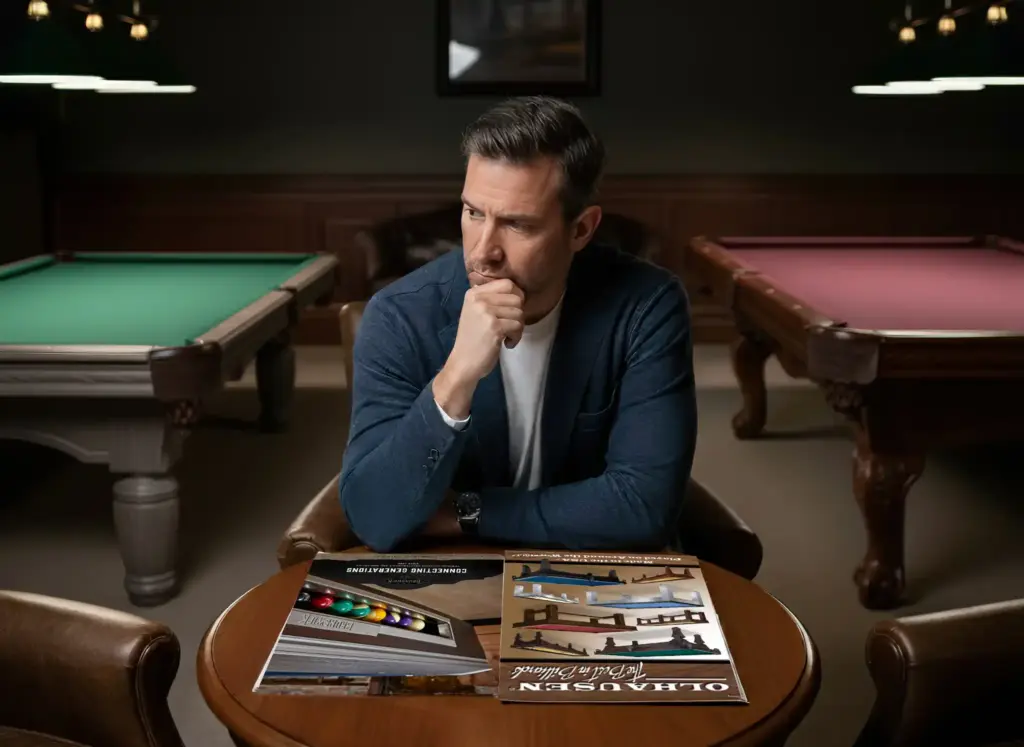Frustrated by missed shots and unpredictable results? Achieving consistent pool shooting isn’t about luck; it’s about mastering the fundamental mechanics and principles that underpin every successful shot. Whether you’re a beginner looking to build a solid foundation or an experienced player seeking to refine your technique, understanding the science behind a repeatable stroke is key to unlocking your potential. This guide delves into the core elements of stance, grip, aiming, and stroke execution, drawing on biomechanical insights to help you improve pool consistency.
Introduction
Many players struggle with variability in their game, where brilliant shots are followed by frustrating misses. This inconsistency often stems from minor, unnoticed deviations in pool shooting mechanics. The goal of consistent pool shooting is to minimize these variations by developing a fundamentally sound and repeatable approach. By focusing on the biomechanics of the shot – how your body generates and transfers energy to the cue ball – you can build a more reliable and accurate game. This guide, informed by expert techniques and the principles driving Hallmark Billiards’ commitment to quality equipment, will break down the essential components needed for dependable performance.
Building the Foundation: Pool Stance Technique and Stability
Your stance is the bedrock of consistent pool shooting, providing the stability needed for an accurate and repeatable stroke. An unstable base leads to unwanted body movement, hindering precise cue delivery.
Key Elements of a Solid Stance
- Balance/Stability: Prevents swaying during the stroke. Achieved by placing feet shoulder-width apart (or slightly wider for longer shots), slightly offset, with weight evenly distributed.
- Clearance: Ensures the cue can move freely without hitting your body.
- Visual Alignment: Positioning your dominant eye over the shot line for accurate aiming, often with the chin directly above the cue. Minimizing head movement is critical.
- Comfort: Prevents tension and rushing the shot. While fundamental principles are key, slight adjustments for individual body types are acceptable to find a natural, pain-free position.
Common Stance Mistakes and Corrections
| Mistake | Correction/Recommendation |
| Feet too close | Keep feet shoulder-width apart for better stability. |
| Leaning too much | Lean only slightly forward or backward to maintain balance. |
| Wrong foot angle | Angle feet comfortably about 45 degrees to the shot line for better aim and stability. |
| Inconsistent stance | Keep your stance consistent for each shot to build muscle memory. |
| Ignoring balance | Ensure weight is spread evenly between both feet for a stable foundation. |
| Bent knees (both legs) | Keep legs relaxed; if bending a knee, make it the front one for stability. |
| Wide stance (too spread apart) | Start with feet shoulder-width apart and adjust slightly for comfort and stability. |
| One foot too far ahead | Ensure feet are relatively even or with the non-shooting foot slightly forward. |
A stable stance, much like a boxer’s, provides the solid footing necessary to deliver a controlled and accurate pool stroke technique. Understanding this foundation is the first step to improving your consistency.
The Connection: Pool Grip Technique and Control
The way you hold the cue – both your grip hand and bridge hand – is crucial for control and a smooth, repeatable stroke. Too much tension can kill accuracy.
The Grip (Cue) Hand
- Relaxed but Firm: Think “cradle” rather than “grip”. Avoid clenching or adding force, which harms accuracy and speed control. The grip should be just firm enough to prevent the cue from sliding when held vertically.
- Forearm Position: Aim for the forearm to be perpendicular to the floor when addressing the cue ball.
- Wrist Alignment: Keep the wrist straight and aligned with the forearm for a straight stroke.
The Bridge Hand
- Stable Platform: Provides a steady guide for the cue. It needs to be firm but relaxed enough for a smooth stroke.
- Bridge Types: Common types include the open bridge, closed bridge, and rail bridge. Choose based on the shot and comfort, but ensure the bridge hand remains still during the stroke.
- Consistency: Experiment to find a bridge width that offers comfort and control. The goal is harmony between the stable bridge and the smooth, tension-free cue hand.
Mastering your pool grip technique ensures the cue becomes an extension of your intention, allowing for precise application of force.
Seeing Success: Pool Aiming Techniques and Visualization
Accurate aiming is more than just looking at the target; it’s a systematic process involving visualization and precise alignment. Consistent aiming requires a consistent mental approach and pre-shot routine.
Core Aiming Concepts
- Visualization: Mentally picture the entire shot: the line to the pocket, the contact point on the object ball, and the path the cue ball needs to take. Visualize while standing, and hold that image as you get into your stance.
- Ghost Ball Method: Imagine an imaginary cue ball (the “ghost ball”) positioned at the exact point of contact needed on the object ball to pocket it. Aim your actual cue ball at the center of this ghost ball.
- Contact Points: Understand that the cue ball must strike the object ball at a specific point to send it towards the pocket. For cut shots, this point is on the edge of the object ball.
- Dominant Eye Alignment: Position your body so your dominant aiming eye is directly over the intended shot line. This minimizes aiming errors.
Comparison of Aiming Techniques
| Aiming Technique | Description |
| Ghost Ball Method | Imagine a ghost ball at the contact point; aim the cue ball at the center of the ghost ball. |
| Contact Point Visualization | Focus on the specific point of contact on the object ball where the cue ball needs to strike. |
| Directional Aiming (DAM) | Visualize the shot angle and aim line while standing; align vision center with this line. |
| Shaft Alignment | Use the cue shaft as a visual guide to align with the intended contact point. |
| Equal Overlap | A method based on the visual overlap between the cue ball and the object ball. |
Maintaining focus on the target contact point throughout the stroke is vital. If unsure about your aim, stand up and restart the process. Developing reliable pool aiming techniques takes practice and focus on these fundamentals.
The Engine: Pool Stroke Technique and Cue Ball Control
A smooth, straight, and consistent pool stroke technique is the engine that delivers accuracy and control. The foundation of a good stroke is the pendulum motion.
The Pendulum Stroke
- Elbow as Pivot: The primary movement should come from the elbow joint, keeping the upper arm and body still. This minimizes variables and creates the most efficient path for straight cue delivery.
- Stable Upper Body: A still upper arm and body reduce the influence of larger, less precise muscle groups. The elbow acts as the pivot point. Any excessive elbow movement can cause the cue tip to lift or drop, leading to inconsistent contact.
- Level Cue: Keep the cue tip close to the pool table surface throughout the stroke for a level delivery.
- Tempo and Rhythm: Develop a consistent tempo for your backswing and forward stroke. A slow, smooth backswing helps control the forward motion.
Follow-Through and Power Control
- Importance of Follow-Through: Continuing the stroke smoothly through the cue ball after contact is essential for energy transfer, straightness, and applying spin effectively. Accelerate through the ball, don’t just hit at it.
- Power Source: The length of your backswing primarily determines the power of the shot. Use only the power necessary; excess force often reduces accuracy.
- Cue Ball Control: Mastering follow-through and speed allows for precise pool cue ball control, crucial for positioning for the next shot. Techniques like draw (backspin) and follow (topspin) require specific stroke adjustments and hitting points on the cue ball. For draw shots, a smooth acceleration and hitting slightly below center are key.
Developing a reliable pool stroke technique involves conscious practice focusing on the pendulum motion, smooth tempo, and a complete follow-through.
Sharpening Your Skills: Pool Practice Drills
Translating theory into consistent performance requires dedicated pool practice drills. Structured practice helps build muscle memory and reinforces proper technique.
Effective Practice Strategies
- Progressive Learning: Start with fundamentals like cue ball control (stop shots, distance control) before adding spin and angles.
- Targeted Drills: Focus on drills that address specific weaknesses or common shot types.
- Visualization: Mentally rehearse the shot and desired cue ball position before executing.
- Variability: Incorporate drills that introduce slight variations (like changing footwork) to build adaptability for real-game pressure.
- Repetition: Deliberate repetition of fundamental strokes and shots builds muscle memory. If you miss a shot and don’t know why, repeating it can help diagnose the issue.
Recommended Pool Practice Drills for Consistency
| Drill Name | Description |
| Stop Shot Drill | Place an object ball before a pocket; practice hitting stop shots repeatedly from various distances. |
| Corner to Corner Drill | Shoot cue ball corner-to-opposite-corner, aiming for center cushion contact and return near the start. Vary footwork for challenge. |
| Halfway Object Ball Drill | Place object ball halfway between cue ball and pocket; practice pocketing it to maximize accuracy challenge. |
| Progressive Angle Practice | Start with straight shots, gradually increasing the cut angle as consistency improves. |
| Seven Ball Diagonal Line Drill | Line up 7 balls across the short rail; hit each progressively further to create a diagonal line. Repeat in reverse. |
| Long Table Straight In Drill | Cue ball on head string, object ball near foot string, aligned with corner pocket. Practice making all 15 balls with center, draw, and follow. |
| Coke Bottle Drill (Stroke Check) | Place empty bottle on table; practice stroking cue tip into opening without touching sides to develop straightness. |
Regularly incorporating these types of pool practice drills is crucial to improve pool consistency and make proper technique second nature.
Advanced Considerations for Peak Performance
Once the fundamentals are solid, advanced players focus on strategic elements to further enhance consistent pool shooting.
- Positional Play: Thinking beyond the current shot to plan the cue ball’s final position for the next shot is critical for running racks. Visualize the cue ball path after impact.
- English (Sidespin): Skillful use of sidespin, topspin, and bottom spin provides greater pool cue ball control after contact with object balls or cushions. Mastering English requires precise cue tip placement, a stable stroke, and controlled speed.
- Cue Ball Control Techniques: Deep understanding of how stun, draw, and follow shots affect cue ball behavior is essential for precise positioning. Controlling speed and spin dictates where the cue ball goes after hitting the object ball.
- Pre-Shot Routine: Even at advanced levels, a consistent pre-shot routine (analyzing, visualizing, aligning, stroking) minimizes errors and promotes focus. The SLARD system (Select, Line-up, Approach, Remain Stable, Deliver) is one example.
Attention to these details separates good players from consistently great ones.
FAQ
Why is my pool stance so important for consistent shooting?
- A stable and balanced stance is the foundation that prevents unwanted body movement during your stroke. Any instability can disrupt cue delivery and lead to inconsistent shots. Proper stance ensures balance, clearance for the cue, correct visual alignment, and comfort.
How tight should my grip hand be on the pool cue?
- Your grip hand should be relaxed yet firm, often described as a “cradle” rather than a tight grip. It should be just firm enough to prevent the cue from slipping. Excessive tension or actively trying to force the shot with the grip hand harms accuracy and speed control.
What is the “ghost ball” aiming technique?
- The ghost ball method involves visualizing an imaginary cue ball exactly where the real cue ball needs to contact the object ball to sink it. You then aim the center of your actual cue ball directly at the center of this imagined ghost ball.
Is follow-through really necessary after I’ve hit the cue ball?
- Yes, a smooth and complete follow-through is crucial. It ensures maximum energy transfer, helps keep the cue traveling straight along the intended line, and is essential for effectively applying spin (like draw or follow) for better pool cue ball control.
What’s the best way to practice to improve pool consistency?
- Effective practice involves focusing on fundamentals, using targeted drills for weaknesses, and progressive learning. Drills like the Stop Shot Drill, Corner-to-Corner Drill, and practicing specific cue ball control shots (draw, follow) are highly recommended. Consistency comes from deliberate repetition and building muscle memory.
How can I enhance my competitive edge in pool?
- To sharpen your competitive edge in pool, focus on mastering core skills like consistent stroke mechanics, precise cue ball control, and strategic shot planning.
Conclusion
Achieving consistent pool shooting is a journey built on understanding and mastering the fundamentals: a stable stance, a controlled grip, accurate aiming, and a smooth, repeatable stroke. It requires recognizing how pool biomechanics influence every shot and minimizing variability through technique refinement. Consistent practice using targeted drills helps solidify these mechanics, building the muscle memory needed for reliable performance under pressure. While there’s no shortcut, dedicating time to these core principles, potentially with quality equipment that enhances feel and feedback, will lead to significant improvement and greater enjoyment of the game.
Ready to elevate your game?
Visit a Hallmark Billiards showroom or contact us for expert advice on finding the perfect equipment to support your journey toward consistent pool shooting.




